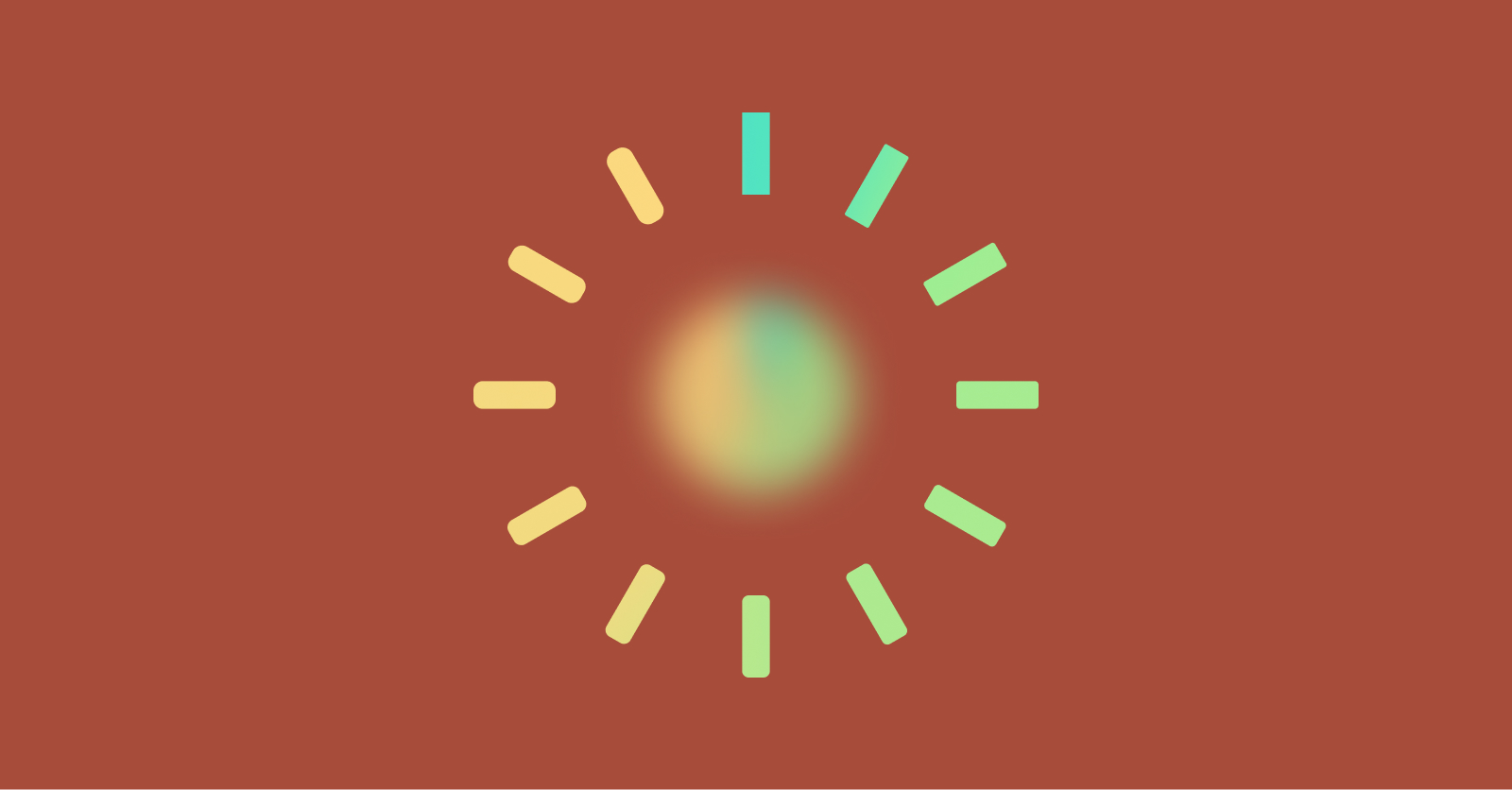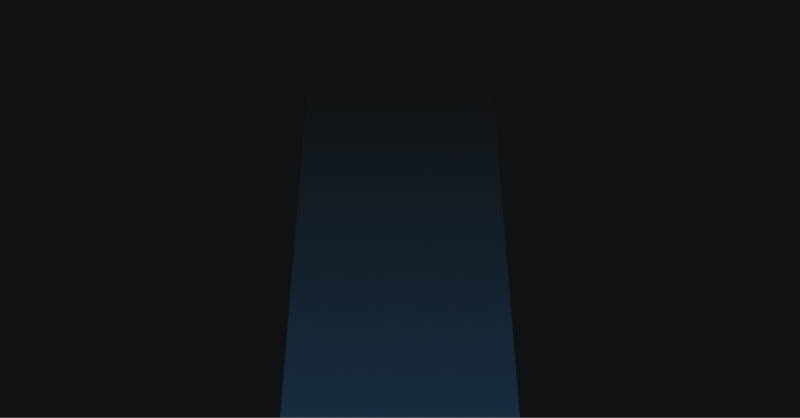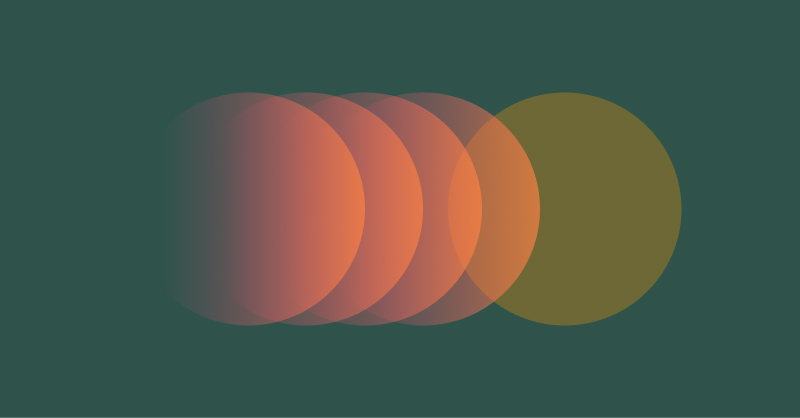Designer to CEO: What 12 Years Taught Me About Leadership

This post originally appeared in my weekly newsletter, BL&T (Borrowed, Learned, & Thought). Subscribe
Borrowed
“Current research on leadership shows that over the course of our career, four competencies trump all others as the greatest predictors of sustained success: self-awareness, learning agility, communication, and influence. The last two deal with how leaders interact with their world, and the first two address leaders’ internal relationship to ‘reality.’”
From "The 15 Commitments of Conscious Leadership" by Jim Dethmer, Diana Chapman, and Kaley Klemp [Book]
Learned
Since my Barrelversary passed a couple of weeks ago, I’ve been thinking about everything that’s changed over the last 12 years at Barrel. I’ve taken on new roles, stepped into others that hadn’t existed yet, worked with some incredible people, and learned a lot about myself in the process.
When I first joined, success meant getting the next title and building a strong portfolio. But once I got into the work, that was all that mattered. Those other things made Barrel feel like a stepping stone rather than an experience where I could be fully present and learn. As I kept my head down and grew, I kept finding myself in a new role with increased responsibility. I’ve been lucky to grow that way, naturally, without expectation. Grateful to Barrel Co-Founders Peter and Sei-Wook for seeing something in me and for their continued encouragement and guidance.
Looking back, a big shift over the years has been in my perspective on leadership. It’s a perspective that continues to evolve. Twelve years in, what stands out most is not one big moment, but a steady progression. Learning to trust myself. Learning to trust others. Slowly shaping how I show up. What started with doing the work became about building the team. What began with figuring it out for myself became about helping others do the same.
There have been the highest of highs and the lowest of lows. Learning to lead consistently through both while staying open to what each one has to teach me is something I’m always working on. Just when I think I’ve seen it all, I learn something new. In the end, I think that’s why I'm still here.
I thought it would be helpful to reflect and attempt to map how my thinking has changed, year by year and role by role, as best as I can remember it. While I’ve listed the years for structure, I was naturally in some of these roles for only part of the year. It’s not a perfect account, but I enjoyed revisiting the journey and the experiences that have shaped my leadership today.
Year 1: (Freelance) Designer
Leadership looks like showing up consistently.
My start at Barrel was about applying myself and learning fast. A couple of months into my freelance contract, I discovered that I’d be going full-time. I was pumped and spent a lot of late nights figuring things out. I didn’t think of myself as a leader, but I was building the foundation. I listened, stayed responsive, and took ownership. Doing great work was part of the job, but what built trust were the small, consistent efforts that kept things moving.
Year 2: Senior Designer
Leadership looks like taking initiative and ownership.
The team started to come to me not just for design but also for how I approached problems and managed projects. I remember a branding project where the team had gone through several iterations of logos and nothing had stuck. I’ll never forget the producer onboarding me and saying, “No pressure, but we only have one more chance to get this right.” I felt the pressure, but it motivated me to improve and stay consistent. I learned that leadership has everything to do with integrity and how you carry yourself. And there’s power in admitting when you need help.
Year 3: Senior Designer
Leadership looks like creating space for others to succeed.
I started mentoring junior designers and quickly realized how much I enjoyed it. I had initially gone to school to become an art teacher, but I decided to pursue a career in design instead. At Barrel, I fell in love with management. It felt like a return to that same desire to help others grow and thrive. I focused less on being the best designer and more on setting the tone through my communication and support of the team. It’s been rewarding to see many of the folks I mentored during this period go on to achieve amazing things.
Year 4: Associate Creative Director
Leadership looks like letting go of the work to lift others up.
Just a few years in, I stepped away from designing on client projects. It felt like a major shift, but it gave me space to support the team in a more meaningful way. I saw the value I could bring as ACD went beyond design execution. I learned to let go, trust others, stay close without hovering, and make sure people had what they needed to succeed. I still reflect on this transition often as CEO.
Year 5: Partner
Leadership looks like committing fully.
Becoming a partner was a turning point. I told myself I would either say yes or leave. It felt like a marriage proposal in the sense that I needed to be all in. I started to think not just about my team or my work, but about what we were building together as an agency. I wanted to apply what I had learned from leading the design team to shaping our culture and supporting the broader team.
Year 6: Creative Director
Leadership looks like helping people see the bigger picture.
This role was a big step. Peter had held it before me, so taking it on meant he could step back while I led creative strategy across the agency, which felt like another leap. Exciting, but plenty to figure out. I spent more time connecting the dots across clients and thinking about how we could better serve them. I learned to listen for what people needed, even when they didn’t say it, and guide them toward it.
Year 7: Creative Director
Leadership looks like doing more with less.
After stumbling into powerlifting in 2018, I committed to fitness in a disciplined way. I also released new music for the first time in years and got married. At the start of 2019, life felt fuller. I had other priorities, which changed how I used my time and led. I stopped working late and started working smarter. I promoted long-time designer Christine to Design Director and began to delegate more day-to-day responsibilities. It all pushed me to zoom out and think more holistically about what I wanted to bring to the team and the business.
Year 8: Creative Director
Leadership looks like pushing through when things get hard.
This year was one of the most challenging. The pandemic sent us to work remotely, a situation we quickly embraced. There wasn’t a playbook for what came next. I learned that leadership can feel like a challenging workout. It is about showing up, staying with it, and refusing to quit when everything feels heavy. I focused on presence, endurance, and helping the team move forward, even when the path ahead seemed unclear.
Year 9: Chief Experience Officer
Leadership looks like stepping into the unknown with curiosity and clarity.
This was the first year we introduced our C-suite, and with it came a new title for me. The shift to CXO felt exciting and unfamiliar. I found myself leading across new parts of the business, from Client Services to Growth Marketing to CRM, while continuing to support the Creative team. I thought a lot about the systems, habits, and help people need to thrive. I also started managing managers for the first time, which pushed me to think beyond my own playbook and find ways to lead through others. I focused less on being the one doing and more on how I could create clarity, build structure, and support long-term growth across teams. I’ve always loved working at the edge of what I know, and this role gave me a whole new edge to grow into.
Year 10: CXO
Leadership looks like knowing when to zoom out and when to lean in.
I had taken a step back, thinking I was giving the team more ownership while I focused on other areas of the business. Over time, I drifted too far from the work. In 2022, we faced financial challenges that led to one of the toughest decisions we’ve made: laying off several team members. It forced me to get closer again, not to take over, but to see clearly and help us move forward. That experience was a lesson in how hard it is to make the right call when fear or emotion clouds your judgment. It gave me a new perspective on what it means to stay connected without being hands-on. The clarity we gained helped us reset, refocus on what mattered, and make lasting changes.
Year 11: CXO
Leadership looks like leading from the inside out.
Dana and I welcomed Mylo this year, and becoming a parent shifted everything again. I started thinking more about what I want to model, not just at work, but in life. I let go of the idea that I had to draw a line between who I am at home and who I am at work. That shift gave me more clarity, more presence, and more trust in how I lead. The more I showed up as myself, the more natural leadership felt.
Year 12: CEO
Leadership looks like setting direction and staying committed to the long game.
Stepping into the CEO role felt like a milestone, but also the beginning of something new. Around the same time, we repositioned the agency to focus on CPG. That shift gave me a renewed sense of clarity around where we are headed and why it matters. I have thought a lot about what it means to lead at this level, not just in what I say or do but in the habits I model, the clarity I provide, and the space I create for others to grow. I often find myself going back to earlier lessons, only now they show up in new ways. My focus is on staying grounded, helping others move forward, and continuing to evolve alongside the team. I see my role as creating the conditions for great work to happen. The more I focus on that, the more ownership I see across the team. That is what keeps me going.
Thought
How do I define leadership in the context of the life I’m building?








